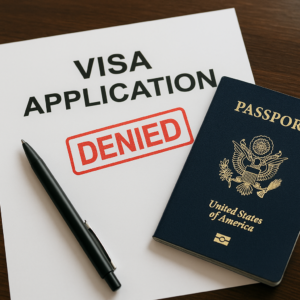The United States Citizenship and Immigration Services (“USCIS”) has updated its guidance effective immediately regarding when students who are in either F or M nonimmigrant visa classification may be eligible for Optional Practical Training (“OPT”) extensions for Science, Technology, Engineering, or Mathematics (“STEM”) field.
The updated guidance, which is found in the USCIS Policy Manual, also provides clarification for F and M students concerning online study, school transfers, and grace periods.
Specifically, the policy manual provides the following:
- Clarifies that F and M students may count one (1) class or three (3) credits per academic session toward a full course of study if they take online classes or through distance learning not requiring physical attendance.
- Explains that F and M students may transfer between approved schools at the same educational level or file a petition with USCIS to change to another nonimmigrant status or adjust to an immigrant status.
- Explains that during the sixty (60) day grace period following authorized period of post-completion of OPT, F and M students may change their education level, transfer to another school, or file a petition to change their nonimmigrant status or adjust to an immigrant status.
- Clarifies that F and M students may be eligible for post-completion OPT after finishing an associate’s, bachelor’s, master’s or doctoral degree program.
- Corrects the period during which F and M students may apply for STEM OPT extensions and makes other technical corrections.
For more information, contact us at info@enterlinepartners.com.
ENTERLINE & PARTNERS CONSULTING
Ho Chi Minh City, Vietnam Office
146C7 Nguyen Van Huong St, Thao Dien Ward,
District 2, Thu Duc City
Ho Chi Minh City, Vietnam
Tel: +84 933 301 488
Email: info@enterlinepartners.com
Facebook: Enterline & Partners – Dịch vụ Thị thực và Định cư Hoa Kỳ
YouTube: @EnterlineAndPartnersConsulting
Website: http://enterlinepartners.com
Manila, Philippines Office
LKG Tower 37th Floor
6801 Ayala Avenue
Makati City, Philippines 1226
Tel: +63 917 543 7926
Email: info@enterlinepartners.com
Facebook: Enterline and Partners Philippines
Website: https://enterlinepartners.com/language/en/welcome/
Copyright 2024. This article is for information purposes only and does not constitute legal advice. This article may be changed with or without notice. The opinions expressed in this article are those of Enterline and Partners only.








